Premium Only Content
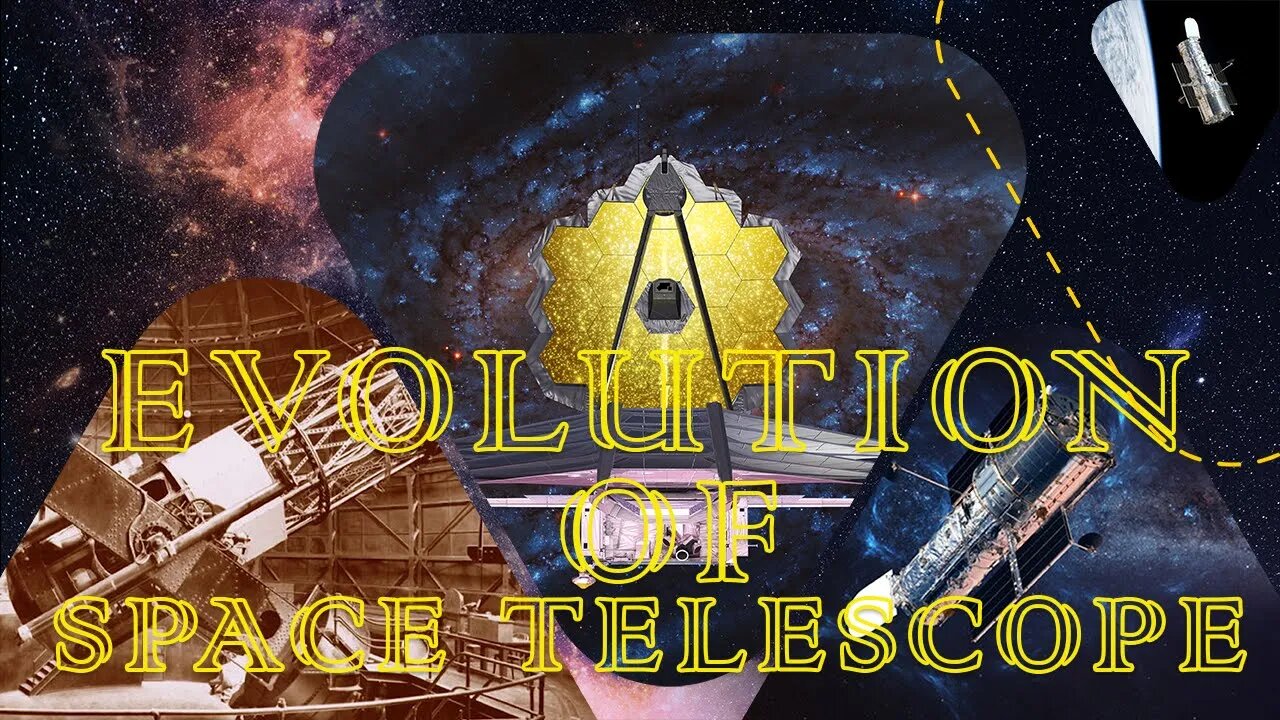
Evolution of Space Telescope | Changes The Concept Of Space Sciences | Exploring Space By Telescope
Evolution of Space Telescope
In 1609 an Italian physicist and astronomer named Galileo became the first person to point a telescope skyward. Although that telescope was small and the images fuzzy, Galileo was able to make out mountains and craters on the moon, as well as a ribbon of diffuse light arching across the sky -- which would later be identified as our Milky Way galaxy. After Galileo's and, later, Sir Isaac Newton's time, astronomy flourished as a result of larger and more complex telescopes. With advancing technology, astronomers discovered many faint stars and the calculated stellar distances. In the 19th century, using a new instrument called a spectroscope, astronomers gathered information about the chemical composition and motions of celestial objects.
Twentieth-century astronomers developed bigger and bigger telescopes and, later, specialized instruments that could peer into the distant reaches of space and time. Eventually, enlarging telescopes no longer improved our view… all because of the Earth's atmosphere.
A Telescope in the Sky? Why?
The next time you gaze up at the night sky, you're likely to spot a twinkling star. But is it really twinkling? What looks like a twinkling star to our eyes is actually steady starlight that has been distorted, or bent, by the Earth's atmosphere. The visual effect of this distortion is like looking at an object through a glass of water.
Ever since mankind managed to reach space in the late 1950s, the principal goal was to explore our universe, find out more about the place we live in, and try to gather as much data as possible about not only our solar system but also the galaxy that we are part of. One of the most useful tools that we have sent to space is of course telescopes, which can be made in all shapes and sizes, with the ability to work and observe the large array of working ranges of the electromagnetic spectrum, from Gamma Rays all the way to the Radio signals.
In July 1958, an astronomer at the University of Wisconsin–Madison named Arthur “Art” Code received a telegram from the fledgling Space Science Board of the National Academy of Sciences. The agency wanted to know what he and his colleagues would do if given the opportunity to launch into Earth’s orbit an instrument weighing up to 100 pounds.
Code, newly-minted director of the University’s Washburn Observatory, had something in mind. His department was already well known for pioneering a technique for measuring the light emitted by celestial objects, called photoelectric photometry, and Code had joined the university with the intent of adapting it to the burgeoning field of space astronomy.
#spacetelescope
#spacesciences
#hubbletelescope
#evolutionofspacetelescope
#jameswebbspacetelescope
-
 10:56
10:56
Nicholas Bowling
17 hours agoBisexual “Christian” CONFRONTS Preacher on College Campus!
4.36K5 -
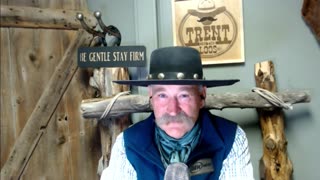 LIVE
LIVE
BEK TV
22 hours agoTrent Loos in the Morning - 9/17/2025
243 watching -
 9:50
9:50
Red Pill MMA
19 hours agoCandace Owens Exposes What Really Happened With Charlie Kirk!
1717 -
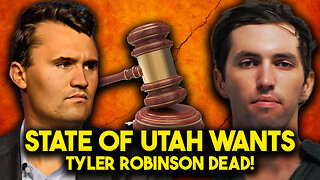 LIVE
LIVE
The Bubba Army
21 hours agoState of Utah Wants Tyler Robinson DEAD! - Bubba the Love Sponge® Show | 9/17/25
3,025 watching -
 30:29
30:29
DeVory Darkins
1 day ago $9.19 earnedtroubling FBI report details the shooter left chilling note as more Democrats suffer humiliation
16K117 -
 LIVE
LIVE
FyrBorne
1 hour ago🔴Fyr Takes On Borderlands 4 (First Impressions) #2KPartner #VaultNetwork
152 watching -
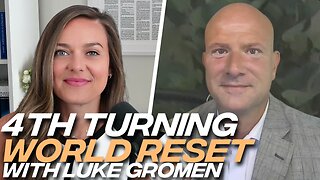 1:11:26
1:11:26
Coin Stories with Natalie Brunell
21 hours agoBRICS Nations Hold the Leverage (and Gold) and Why Bitcoin Price Isn’t Higher with Luke Gromen
83K4 -
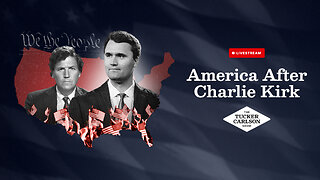 1:50:29
1:50:29
Tucker Carlson
8 hours agoTucker Carlson LIVE: America After Charlie Kirk
367K360 -
 2:12:05
2:12:05
FreshandFit
8 hours agoIf She Can Do Better She Will Leave You
50.7K18 -
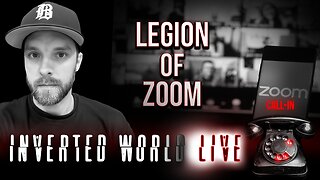 2:14:00
2:14:00
Inverted World Live
10 hours agoLegion of Zoom | Ep. 109
223K13